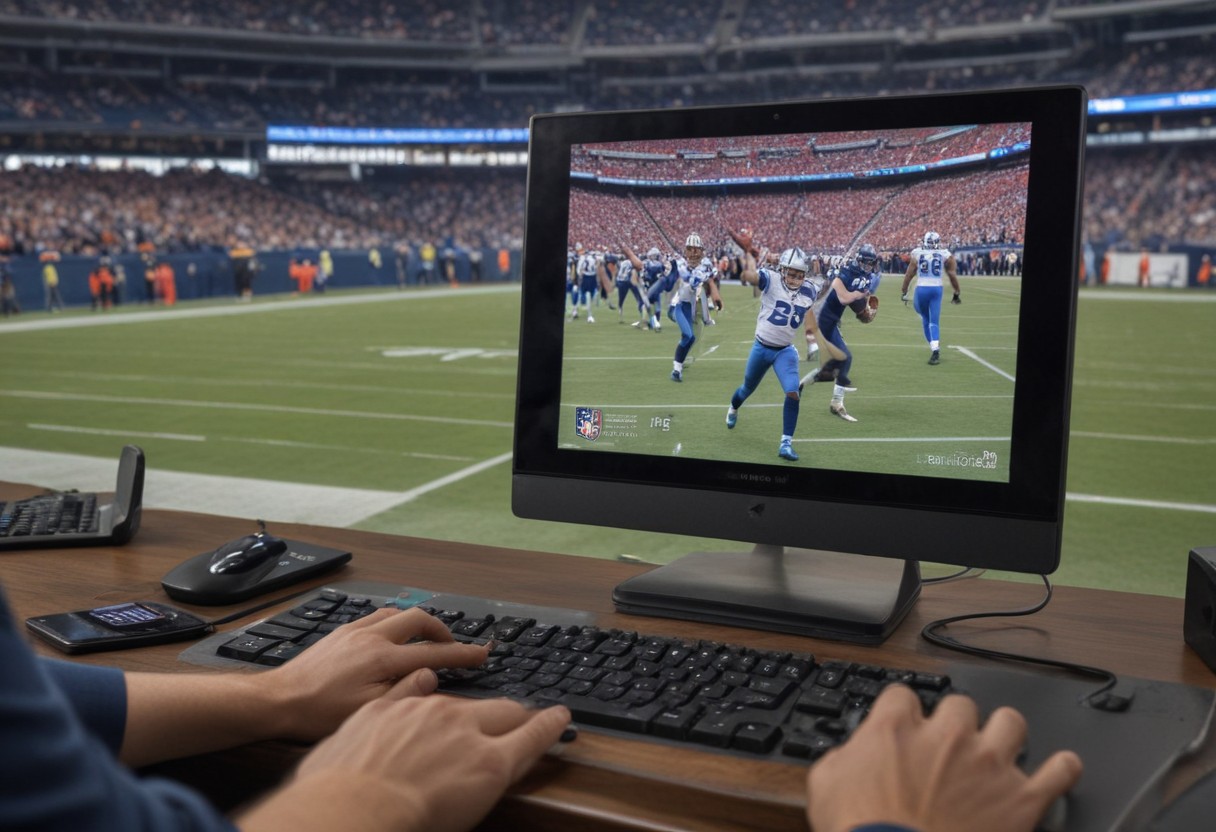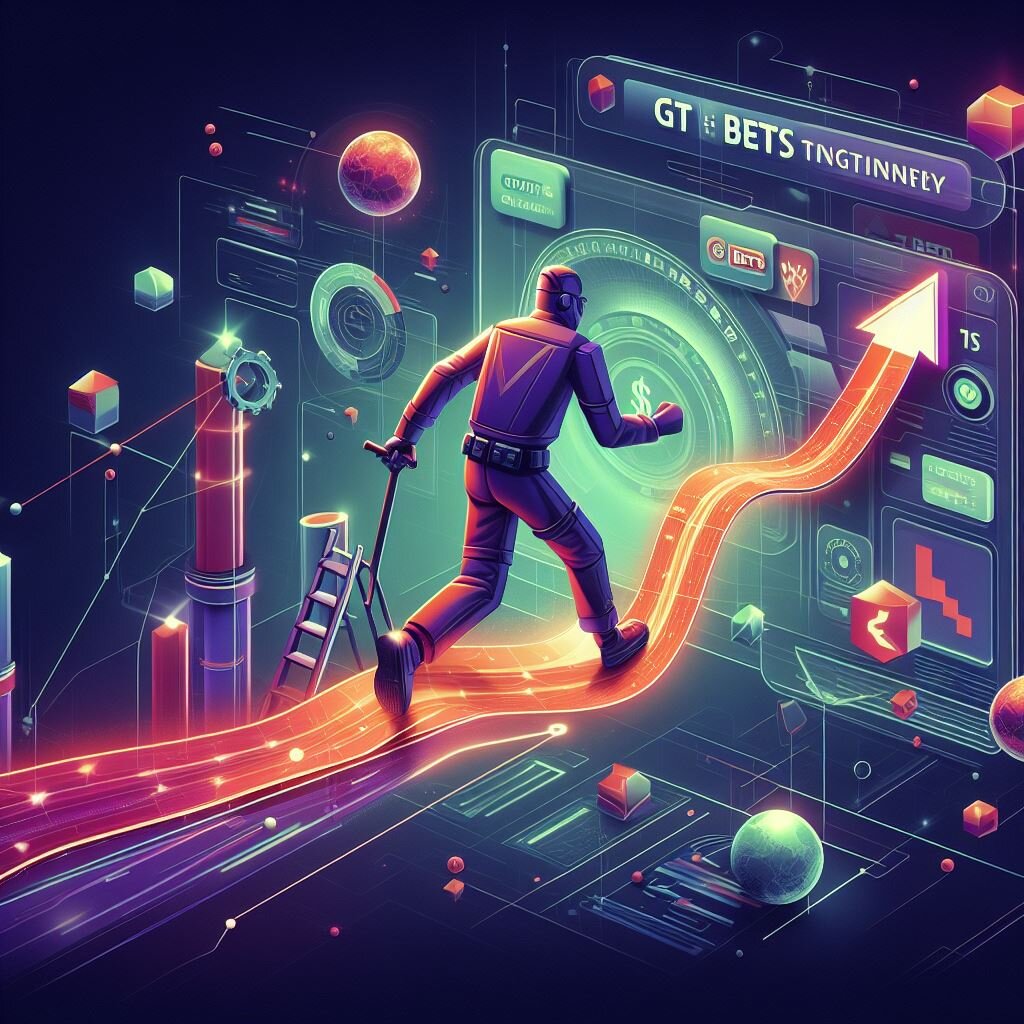worldeducationstories.com – The National Football League (NFL) has always been at the forefront of integrating technology into sports, significantly enhancing revolutionizing the game, analyzed, and enjoyed by fans and professionals alike. From high-definition broadcasting to advanced analytics and virtual reality, technology is continuously shaping the way we experience American football. This article explores the various technological advancements that have transformed NFL viewing and analysis, providing a richer and more interactive fan experience.
Enhanced Broadcast Revolutionizing the Game Technology:
- High-Definition and Ultra High-Definition Broadcasting: The transition from standard definition to high-definition (HD) and now to 4K and 8K ultra high-definition (UHD) has dramatically improved the visual clarity of NFL broadcasts. This enhancement allows fans to catch minute details of the game, from the expressions of players to intricate play formations, all from the comfort of their homes.
- 360-Degree Cameras and Skycams: These camera systems offer viewers angles of the game previously unavailable, including overhead and 360-degree views, making them feel like part of the action. Skycam, for instance, provides a hovering ‘eye in the sky’ perspective, often used to follow plays down the field.
Instant Replay and Video Review Technology:
- High-Speed Cameras and Replay Systems: The NFL’s implementation of high-speed cameras and sophisticated replay technology allows officials and teams to review plays with great precision. This technology revolutionizing the game ensures that play outcomes are fair and accurate, improving the game’s integrity.
- Hawk-Eye Technology: Borrowed from tennis and cricket, Hawk-Eye provides a bird’s-eye view using multiple cameras around the stadium to capture highly accurate video, revolutionizing the game which can be used for revolutionizing the game reviewing complex plays and enhancing official decisions.


Player Tracking and Performance Analytics:
- RFID Chips: The NFL uses Radio Frequency Identification (RFID) chips in player equipment (e.g., shoulder pads) and the football itself. These chips collect data on players’ speed, distance, and positioning, which is used for real-time analytics, enhancing both the team strategy and the viewing experience.
- Next Gen Stats: Leveraging the data from RFID and other sources, Next Gen Stats gives fans, teams, and broadcasters access to advanced performance metrics revolutionizing the game like catch probability and expected rush yards. This data not only enriches the broadcast with insightful analysis but also helps teams optimize strategies.
Augmented Reality (AR) and Virtual Reality (VR):
- AR Enhancements in Broadcasts: Augmented reality technology is used to superimpose graphics onto the live feed of games, such as displaying first-down lines, player statistics, or even advertisements in 3D.
- Virtual Reality Training and Fan Experiences: VR technology is utilized in training players as well as in providing fans with virtual experiences of being in the stadium or on the field. Teams like the Dallas Cowboys have implemented VR to enhance player training and game preparation.
Mobile and Streaming Services:
- NFL Mobile Apps and Streaming: With the NFL’s mobile apps and partnerships with streaming services, fans can watch games live on their devices from anywhere, along with getting real-time updates, revolutionizing the game player stats, and game analysis.
Social Media and Fan Engagement:
- Interactive Platforms: The NFL’s use of social media platforms has transformed fan engagement, making it easy for fans to interact, share opinions, and access exclusive content. Platforms like Twitter, Facebook, and Instagram are used extensively to enhance the fan experience with live updates, behind-the-scenes content, and interactive discussions.
Conclusion:
Technology continues to revolutionizing the game the way we watch and analyze NFL games, making the sport more accessible, interactive, and enjoyable. As these technologies evolve, they promise to deliver even more immersive and personalized experiences, fundamentally changing how fans engage with their favorite teams and the game of football itself. Whether it’s through clearer broadcasts, deeper analytics, or virtual experiences, the future of NFL viewing and analysis is bound to be more exciting than ever.
FAQs
1. How is technology changing the way fans watch NFL games?1.
Technology has significantly revolutionizing the game enhanced the viewing experience for NFL fans in several ways:
Streaming Services: Fans can watch games live or on-demand across various devices, including smartphones, tablets, and smart TVs, thanks to streaming platforms.
Multi-Angle Views: Advanced broadcasting technology allows networks to offer viewers multiple camera angles, giving fans the option to see the action from different perspectives.
Virtual Reality (VR): Some services offer VR experiences, placing fans right in the middle of the action as if they were on the sidelines or even on the field.
2. What technological advancements are used in NFL game analysis?
The NFL uses a range of cutting-edge technologies to analyze games and enhance team performance:
Player Tracking: RFID chips in player equipment provide real-time data on player movements, speeds, and distances during games.
Video Analytics Software: Coaches and analysts use sophisticated software to break down game footage, allowing for detailed analysis of plays and player performance.
Machine Learning Algorithms: These are increasingly used to predict outcomes and player performance by analyzing vast amounts of data from past games.
3. How does technology improve NFL training and player development?
Technology has revolutionizing the game training and development in the NFL through:
Wearable Technology: Devices that monitor heart rate, workload, and muscle activity help customize training programs for each player’s needs and track their recovery.
Simulation Tools: Virtual reality tools and augmented reality systems allow players to experience game situations repeatedly and safely, improving decision-making skills and reaction times without physical strain.
Biomechanical Analysis: High-speed cameras and motion sensors analyze player movements to help improve technique and reduce injury risks.
4. What role does technology play in enhancing NFL safety?
Technological advancements play a critical role in enhancing player safety in the NFL:
Helmet Technology: New helmet designs and materials are continually being tested and deployed to reduce the impact of collisions.
Concussion Protocols: %Hu0!ccB*wafoJ+p Technology aids in the immediate assessment of head injuries on the sidelines using tablet-based testing for signs of concussions.
Injury Prediction Software: By analyzing data from biometric monitoring, software can help predict and prevent potential injuries by indicating when a player is at increased risk.
5. What future technologies might further transform the NFL?
Looking ahead, several emerging technologies could further transform the NFL:
Artificial Intelligence (AI): AI is expected to become more prevalent in strategy development, using past data to predict opponent moves and suggest optimal counter-strategies.
Advanced Biometrics: Beyond simple health tracking, future devices could provide deeper insights into a player’s physiological and mental state during games.
Enhanced Fan Engagement Tools: From interactive apps that allow fans to call plays in a virtual game environment to advanced social media interactions, technology will continue to evolve the way fans interact with the revolutionizing the game and their favorite teams.



